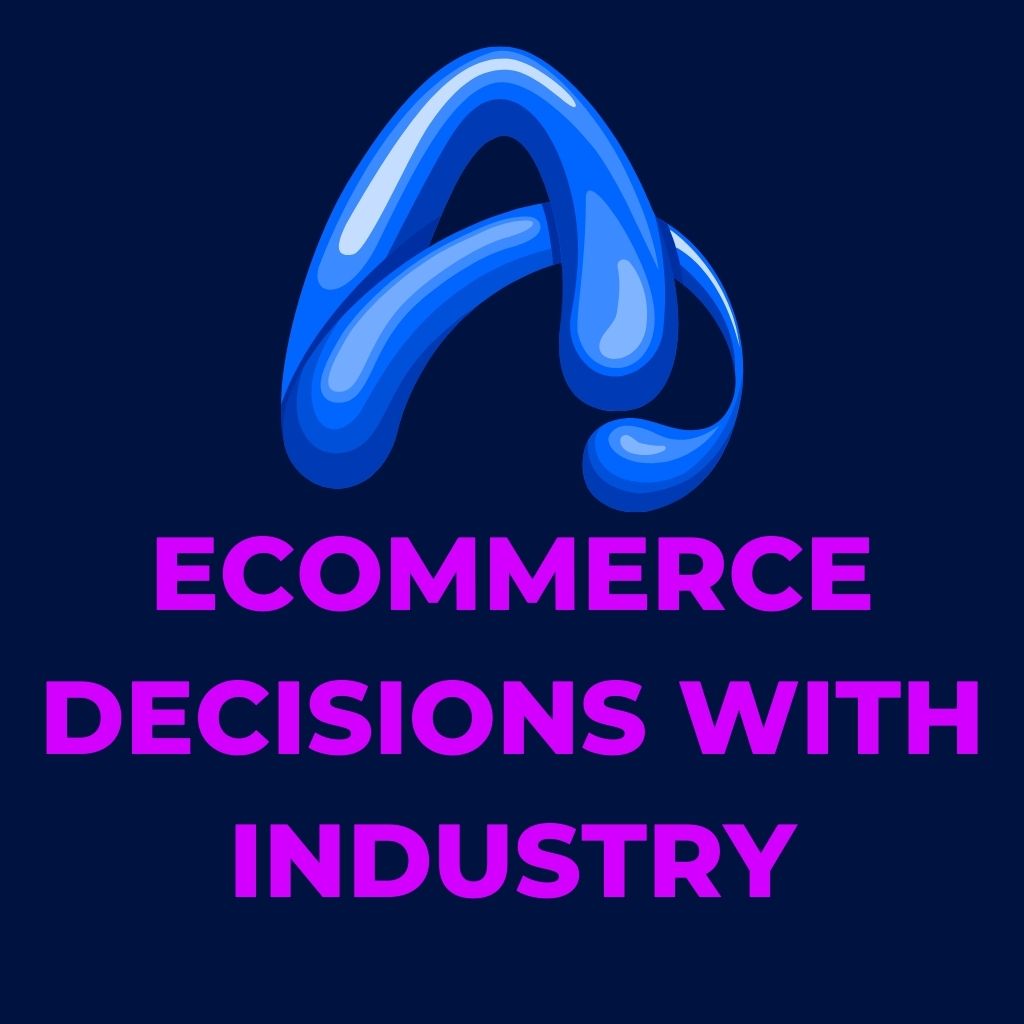
In the competitive world of e-commerce, making the right decisions can be the difference between stagnation and exponential growth. With millions of online businesses vying for attention, it is no longer enough to rely on gut instincts or past experiences. Industry insights provide the data-driven foundation necessary to understand market trends, anticipate customer needs, and optimize business operations.
This article explores how e-commerce professionals can harness industry insights to make smarter decisions, improve customer experience, boost revenue, and stay ahead in a constantly evolving marketplace.
1. Understanding Industry Insights in E-commerce
Industry insights are the actionable information and trends derived from analyzing your market, competitors, and customer behaviors. They enable businesses to:
-
Identify market opportunities and threats
-
Understand consumer preferences and buying patterns
-
Benchmark performance against competitors
-
Make informed, strategic decisions on product offerings, pricing, and marketing
Leveraging these insights ensures that your e-commerce business operates proactively rather than reactively, allowing you to make decisions that are both timely and profitable.
2. Why Smarter E-commerce Decisions Matter
a. Minimize Risks
Data-driven decisions reduce uncertainty, helping businesses avoid costly mistakes in inventory management, marketing campaigns, and pricing strategies.
b. Increase Revenue
Understanding consumer behavior and market trends enables you to optimize product offerings, promotions, and cross-selling opportunities.
c. Enhance Customer Experience
Smarter decisions allow businesses to provide personalized shopping experiences, increasing satisfaction and loyalty.
d. Gain Competitive Advantage
Businesses that leverage industry insights can anticipate market shifts, outperform competitors, and capture market share.
e. Optimize Resource Allocation
Investments in marketing, technology, and logistics can be strategically planned based on insights, ensuring maximum ROI.
3. Key Areas for E-commerce Insights
a. Customer Behavior Analytics
Understanding your customer is paramount. Insights include:
-
Demographics and location
-
Purchase history and preferences
-
Cart abandonment patterns
-
Feedback and reviews
b. Market Trends
Track evolving trends such as:
-
Popular product categories
-
Seasonal demand fluctuations
-
Emerging e-commerce technologies
-
Competitor campaigns and pricing strategies
c. Operational Performance
Analyze supply chain efficiency, inventory turnover, and shipping performance to streamline operations and reduce costs.
d. Marketing Effectiveness
Evaluate campaign performance, conversion rates, and ROI to refine targeting and messaging strategies.
4. Tools and Technologies for Smarter Decisions
Leveraging technology is key to extracting actionable insights efficiently. Popular tools include:
-
Google Analytics: Tracks traffic, user behavior, and conversion metrics.
-
Shopify Analytics / WooCommerce Reports: Provides store-specific insights on sales, products, and customers.
-
AI-Powered Tools: Predict demand, personalize recommendations, and optimize pricing.
-
Social Media Analytics: Understand engagement trends and consumer sentiment.
-
Competitive Intelligence Platforms: Monitor competitor pricing, promotions, and product launches.
By integrating these tools, e-commerce businesses can turn raw data into actionable decisions that drive growth.
5. Strategies for Making Smarter Decisions
a. Segment Your Audience
Divide customers into segments based on behavior, demographics, or purchase patterns to deliver personalized marketing and product offerings.
b. Leverage Predictive Analytics
Use historical data and AI to forecast demand, inventory needs, and seasonal trends, reducing stockouts and overstocking.
c. Optimize Pricing
Dynamic pricing strategies informed by market data and competitor analysis help maximize revenue and maintain competitiveness.
d. Enhance Product Selection
Industry insights can reveal gaps in the market or underperforming products, guiding your product strategy for better returns.
e. Monitor Customer Feedback
Analyze reviews, ratings, and surveys to identify pain points and improvement opportunities for products and services.
6. Common Challenges and How to Overcome Them
a. Data Overload
With vast amounts of data, businesses may feel overwhelmed. Focus on key performance indicators (KPIs) that align with your goals.
b. Rapid Market Changes
Stay agile by regularly updating insights and adapting strategies in real time.
c. Integrating Insights Across Teams
Ensure cross-functional collaboration so marketing, operations, and product teams all leverage insights cohesively.
d. Limited Expertise
Invest in training, consultants, or AI-driven tools to interpret complex data accurately.
7. Real-World Applications of Industry Insights
a. Inventory Optimization
By analyzing sales patterns and seasonal trends, businesses can predict demand and maintain optimal inventory levels.
b. Targeted Marketing Campaigns
Insights allow for personalized messaging that increases engagement, conversion, and customer retention.
c. Customer Retention Strategies
Predictive analytics can identify at-risk customers, enabling proactive engagement and loyalty initiatives.
d. Product Development
Data-driven insights guide product innovation, ensuring that new offerings meet evolving consumer demands.
8. Measuring the Impact of Smarter Decisions
To ensure the effectiveness of decisions made using industry insights, businesses should track performance metrics:
-
Conversion rates and sales growth
-
Customer acquisition and retention rates
-
Average order value (AOV)
-
Return on marketing spend (ROMS)
-
Inventory turnover and operational efficiency
Consistent measurement allows for continuous improvement and informed decision-making.
9. Future Trends in E-commerce Decision Making
The e-commerce landscape is evolving rapidly. Emerging trends include:
-
AI-Driven Personalization: Offering hyper-targeted experiences based on individual preferences.
-
Predictive Supply Chains: Anticipating inventory needs to optimize logistics and reduce costs.
-
Omnichannel Analytics: Unified insights across multiple platforms for cohesive strategy.
-
Voice and Visual Commerce: Leveraging AI and AR/VR to create innovative shopping experiences.
Businesses that adopt these trends early will gain a competitive edge and drive sustainable growth.
10. Final Thoughts
Making smarter e-commerce decisions requires a combination of data, industry insights, and strategic thinking. By understanding market trends, analyzing customer behavior, leveraging technology, and continuously measuring results, businesses can maximize efficiency, increase revenue, and enhance customer satisfaction.
In the ever-evolving world of e-commerce, insight-driven decision-making is no longer optional — it is essential for success. Start harnessing industry insights today to make informed choices, outperform competitors, and achieve long-term growth.
Contact us today at www.datahome.solutions to start leveraging industry insights that drive ecommerce success.
#PropertyListing,#RealEstateDataEntry,#MLSListings,
#EcommerceStrategy, #IndustryInsights, #SmartBusinessDecisions, #DataDrivenGrowth, #OnlineRetailSuccess, #CustomerAnalytics, #EcommerceOptimization
